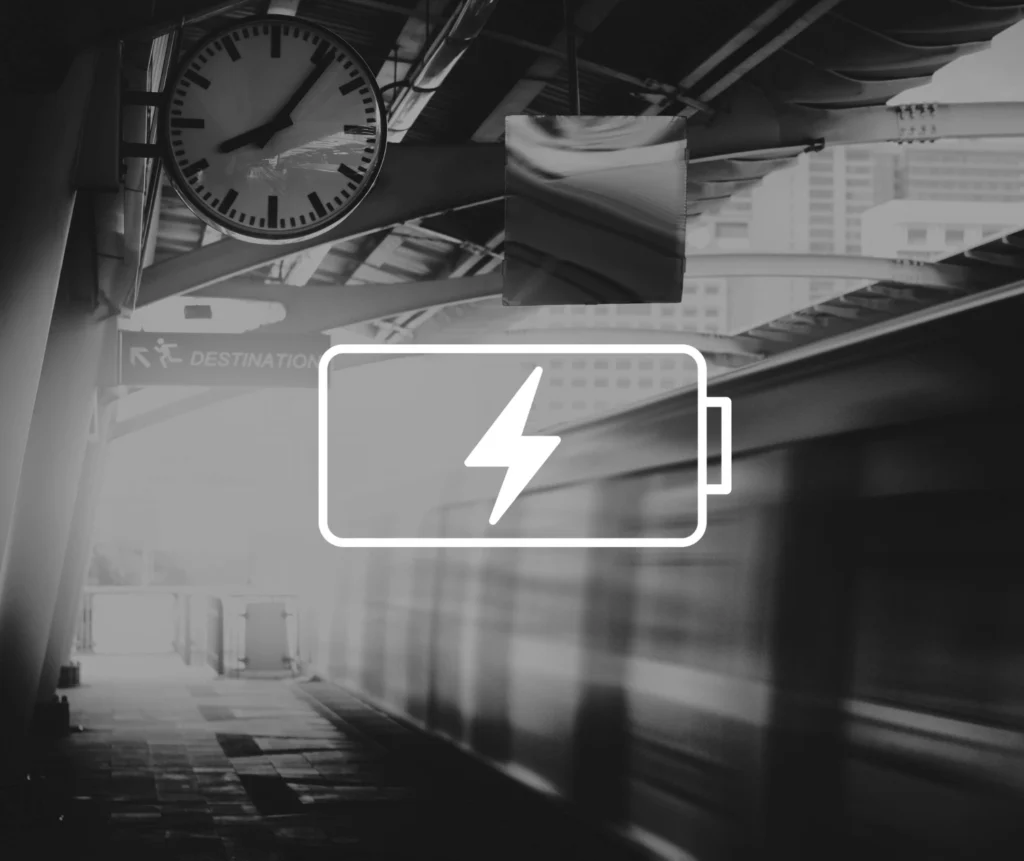We all know that the delayed national rollout of smart meters is going to have to ramp up steeply in the coming couple of years in order to meet expectations for every home in the UK to have been offered a smart gas and electric meter by 2020. From the handful of SMETS1 installations currently made each day, suppliers will need to achieve a rate of around 5,000 SMETS 2 meters per day at peak, after the Data and Communications Company central system goes live.
It is widely observed that this ramp up will put pressure on skills recruitment and training. It is also commonly observed that substandard customer experience and additional delays to the programme will undermine its effectiveness and potentially drive up cost (to the consumer).
What is not talked about so often is the impact that rushed installations made by inexperienced installers might have on safety – especially gas safety.
At the flagship conference of Network’s sister title Utility Week however – Utility Week Congress – this was a key point put across by Clive Book, head of safety and metering services at Wales and West Utilities.
Speaking to delegates, Book said: “When you disturb things, you get leaks, you get problems. However, the volumes could be significant” – and should be a concern to gas networks which carry the duty for maintaining and improving the safety of the gas network.
Book raised a range of issues which Wales and West has already experienced in relation to installation of smart meters – all of which he expects to increase significantly when the DCC goes live and smart meter installs ramp up. These ranged from missing washers and the fitting of compression joints to inlet pipework – a big no for safety according to Book – to meter regulators being fitting the wrong way round.
These issues are all likely to result in increased call rates to gas distribution company emergency lines, putting resources under pressure and making it harder to sort the most urgent issues from less critical problems.
As trying as these rising pressures will be however, there was another risk which Book considered to be even more important. This relates to appliance testing.
After supplier installers have carried out the relatively easy to learn task of fitting a smart gas meter, their next obligation is to test all appliances in the customer’s house to ensure they are safe and do not present a carbon monoxide hazard.
“This is the skill” said Book, and it is the areas where lack of experience can easily lead to missed opportunities to protect customers.
These concerns raised by Book are not trifling matters. While deaths from carbon monoxide poisoning have dropped to all time lows in the UK and explosive gas leaks are an extreme rarity, networks cannot rest on their laurels, or push responsibility for heightened risk onto suppliers simply because they have been placed at the vanguard of the smart meter rollout.
Networks with a duty to protect consumers and the public at large must ensure that they work closely with suppliers to ensure installer training is high quality and to raise awareness of indicators that safety is compromised – both with installers and customers.
